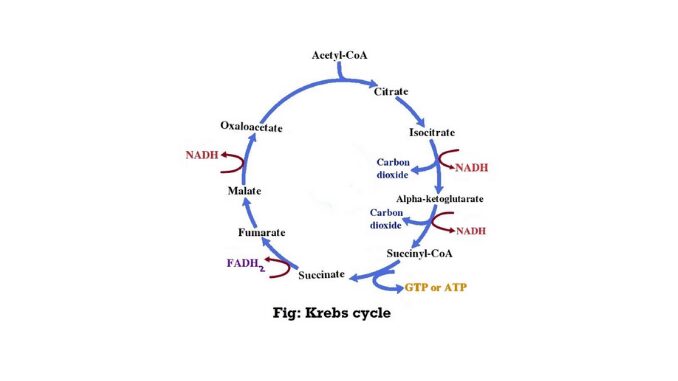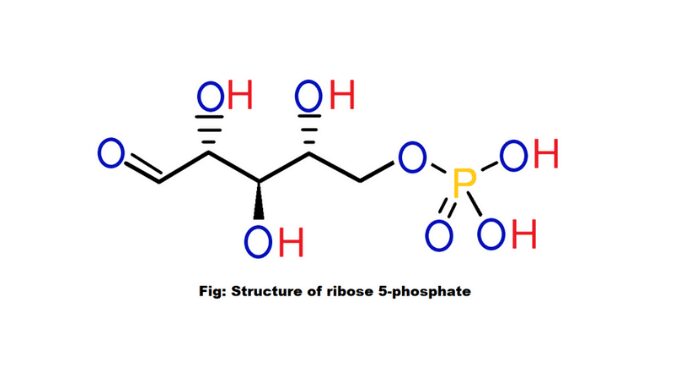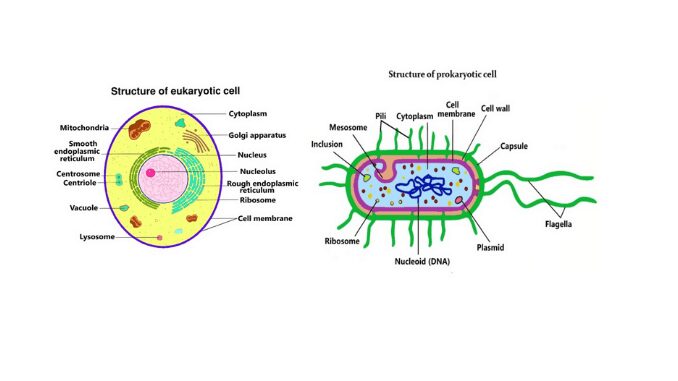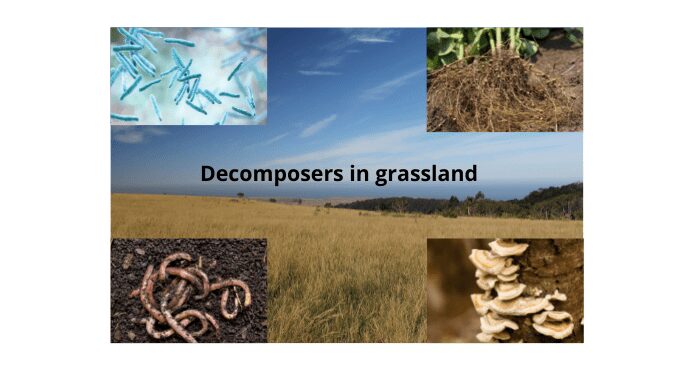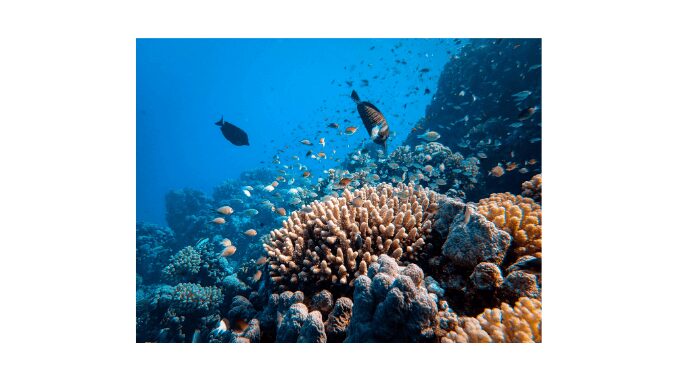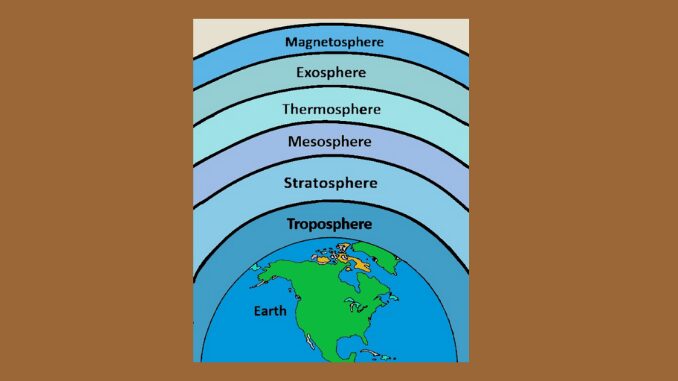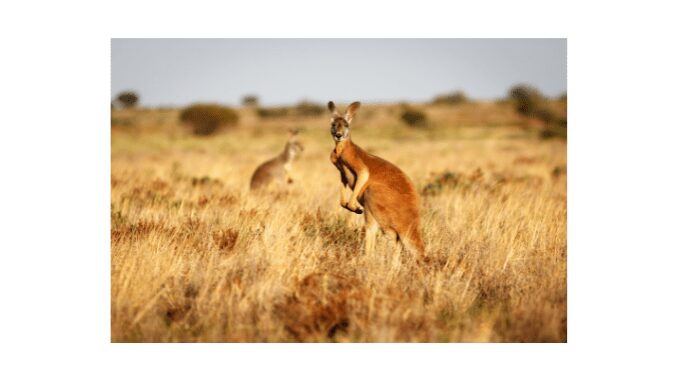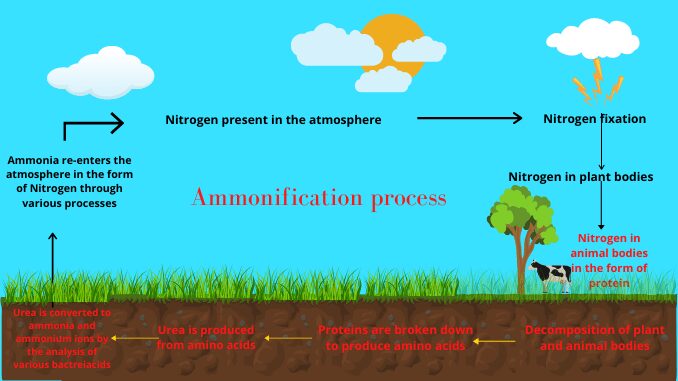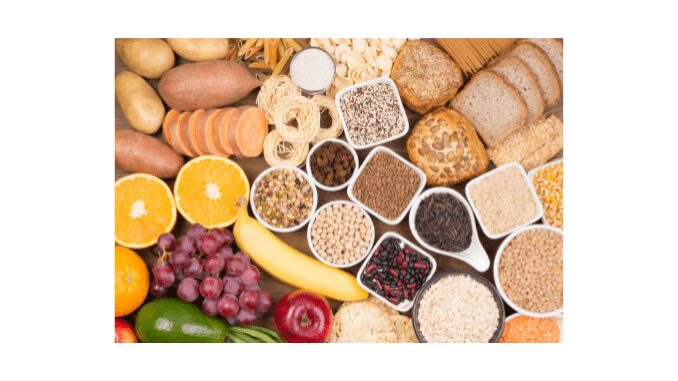Krebs cycle: definitions, features and stages
Introduction The body constantly needs energy to control various biological functions. The organism consumes food to gain this energy. The static energy in food that is stored from solar energy through the process of photosynthesis is converted into kinetic energy through a biochemical process of respiration. The organism performs physiological functions such as food intake, […]
Krebs cycle: definitions, features and stages Read More »

